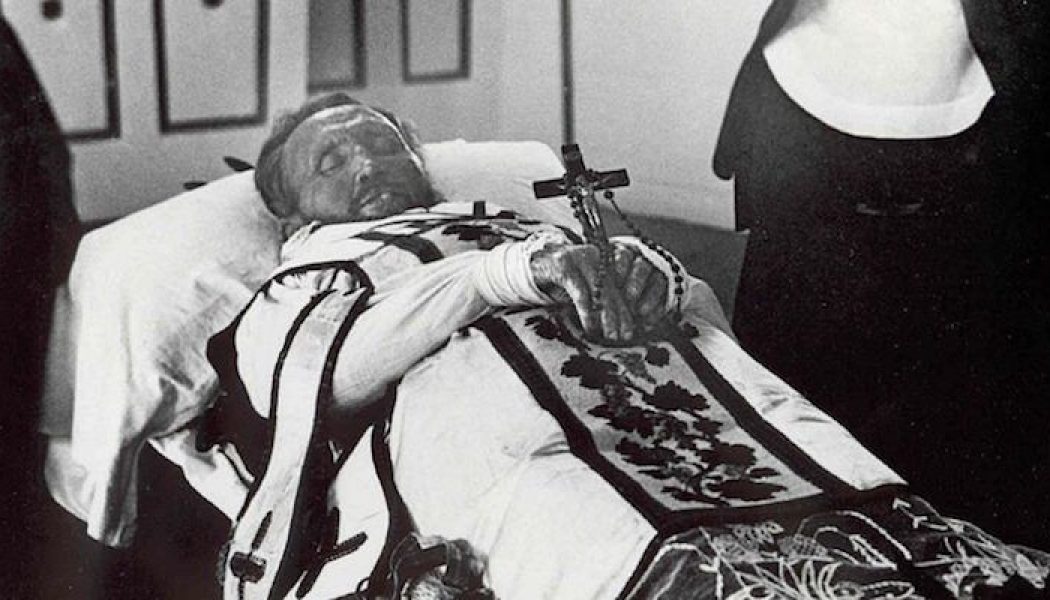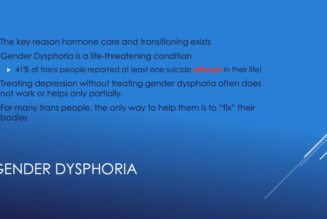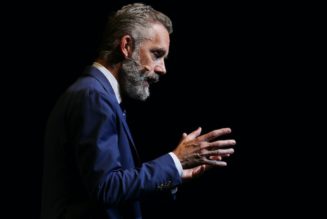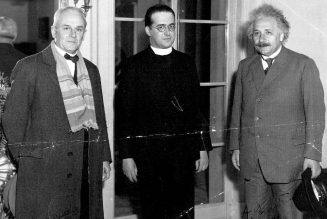
Marisol Escobar’s statue of St. Damien of Molokai has graced the statuary hall in the U.S. Capitol since 1969. The people of Hawaii chose this statue to mark their tenth anniversary of statehood. It stands out, in part, because of Escobar’s distinctive blocked style. “Marisol” (as she was called) sculpted her subjects almost as square frames, flattening them like screens upon which she could project her own presence. One critic called this “feminine playfulness” set against square “patriarchy.” Marisol said she simply preferred to see herself in her subjects this way.
Yet as Rep. Alexandria Ocasio-Cortez recently discovered—after claiming that Marisol’s statue represents “patriarchy and white supremacist culture”—sometimes reality resists our projections. In the case of Damien of Molokai, the reality is quite different from the flattened image upon which the New York congresswoman has projected her presence.
Fr. Damien was born Jozef De Veuster in Tremelo, Belgium, on January 3, 1840. At age nineteen he entered the novitiate of the Congregation of the Sacred Hearts of Jesus and Mary—an order that had formed amid the upheavals of the French Revolution. These priests had refused to join the republic’s “Civil Constitution of the Clergy.” Far from being “colonialist,” the order was founded by priests in exile who wanted only to conform souls to “the sacred hearts of Jesus and Mary.”
The congregation (nicknamed the “Picpus Fathers” after their founder’s town in France) devoted themselves to missionary work in the islands of the Pacific Ocean, including the Kingdom of Hawaii. The first six bishops of Hawaii were all members of this Congregation. After Jozef De Veuster’s formation, the order sent him to the Hawaiian mission. In 1864 he chose a new religious name, Damien, and gave his life in service to the sacred hearts of Jesus and Mary—not patriarchy and white supremacist culture. The bishop ordained Damien a priest as soon as he arrived in May of that year.
Leprosy was not well understood in the nineteenth century, but Hawaii had an outbreak of it at this time. The Hawaiian government quarantined the patients in a hospital, and doctors studied the disease. The leprosy sores would come and go, but come back again as ulcers susceptible to infection. Fingers or toes would go numb until they were lost. The disease could take even whole limbs. As lepers increased, so did panic about a contagion that seemed resistant to all cure.
The Hawaiians decided upon a more drastic form of quarantine: deportation to the nearby island of Molokai. Without the solace of their families, or the church, Hawaiian lepers were essentially exiled. Supplies and new lepers came to the island every couple of months, but the diseased were cut off from communication with friends or family.
The Picpus Fathers, concerned about these souls in exile, agonized over how to extend their mission to this place of death and disease. Bishop Louis Maigret knew he could not ask any man to go “in obedience” on a mission that was likely a death sentence. Though he would not send anyone by his own command, he gathered his priests and asked if anyone believed he was being called by God to make an extraordinary sacrifice. Only four men volunteered. The bishop determined that each would serve successively for three months, in hopes of mitigating their chances of infection. Fr. Damien went first to establish a parish for the lepers, with the idea that other priests would rotate in to relieve him. But as the months turned into years, the other priests never came, and from 1873 to 1889, Fr. Damien stayed in Molokai as “Apostle to the Exiles.”
When he arrived in Molokai, the leper colony was a place of anarchy. The strong stole from the weak, the women were forced into prostitution, many children were orphaned, and the men made stills to enable constant drunkenness. The putrid odor of the sickest lepers required another exile to the “death sheds,” filled with souls whose bodies could no longer move. They received no visitors, no human touch, no consoling embraces—save Fr. Damien, who would bring them meals and say his Rosary over them every evening, smoking a pipe so he could tolerate the stench of the disease. He would beg them to ask for the sacraments. When lepers died, he built the coffins and buried them with the dignity of the Church’s prayers. This was fatherhood, not patriarchy.
Fr. Damien knew that he might contract leprosy, but he believed that God could protect him from the disease for as long as he was needed. Abandoning himself to this hope, he physically embraced lepers. He shook their hands and hugged them as human beings in pain. He let leper boys serve at the altar, and even touch the chalice. He dressed their wounds. He organized sports for the orphaned children, and treated them as if they were his own. He put the healthiest into work crews and taught them how to plant crops and build schools, roads, an orphanage, a hospital, a graveyard. Fr. Damien took a hopeless pool of anarchic humanity and gave it dignity, work, and love. Most important, he begged the lepers to let God’s love touch them in the sacraments. Miraculously, God protected Damien from leprosy for eleven years.
But the spots appeared eventually. Fr. Damien’s foot grew numb. He began to have “the smell of his sheep.” He had always known that he was in Molokai to save souls, and to unite the suffering of lepers to Jesus Christ’s sacrifice on the cross. But he came to believe that he was also in Molokai to suffer for the sake of God’s love. For the next five years, Hansen’s Disease slowly ravaged his body, and the lepers saw their own suffering united to Christ’s sacrifice in the Mass in a new way. By the time Fr. Damien died in 1889, more than 600 of Molokai’s 1,000 lepers were Catholics devoted to the sacred hearts of Jesus and Mary.
The prime minister of Hawaii called him “a Christian hero.” The princess of the Kingdom of Hawaii bestowed upon him the highest honors of her people. Hawaiians erected a statue of this “white man” in front of the state capitol building out of admiration for his heroic example. When the Church beatified Fr. Damien in 2009, President Barack Obama, who was raised in Honolulu, praised him as “a voice for the voiceless.” But he was more than that. Fr. Damien was a witness to God’s presence among the forsaken, and he died a priest of Jesus Christ surrounded by a great cloud of witnesses.
In the eyes of many, Fr. Damien is merely “a white man.” But the flattened image that Rep. Ocasio-Cortez says honors “colonialism,” “patriarchy,” and “white supremacist culture” is not the real Damien. The congresswoman’s narrative, filled with its own curious form of hate, dehumanizes the man who exemplifies what it means to cherish human dignity. Her woke resistance is resistance to reality. The real Damien, St. Damien of Molokai, points us to a superior resistance that doesn’t deconstruct reality, but rather reveals it.
The future of the Catholic Church is not with Marisol’s statue, or with AOC’s bigoted projections, but with St. Damien of Molokai. The future of the Catholic Church is Jesus Christ, to whose image Damien was perfectly conformed. It is Christ who offers us true resistance—resistance to sin and error—and true reality.
C. C. Pecknold is Associate Professor of Systematic Theology at The Catholic University of America.
First Things depends on its subscribers and supporters. Join the conversation and make a contribution today.
Click here to make a donation.
Click here to subscribe to First Things.









